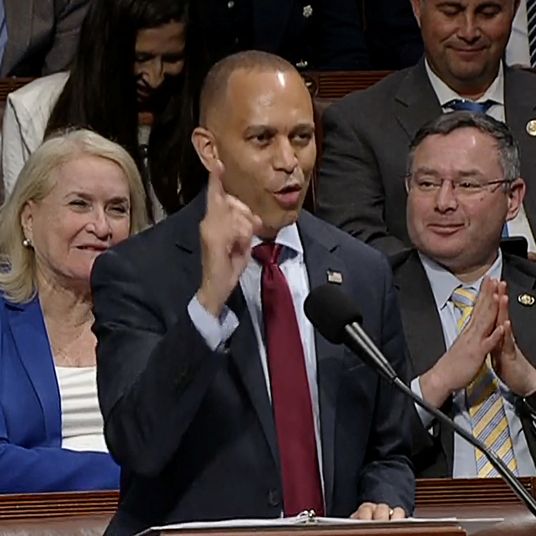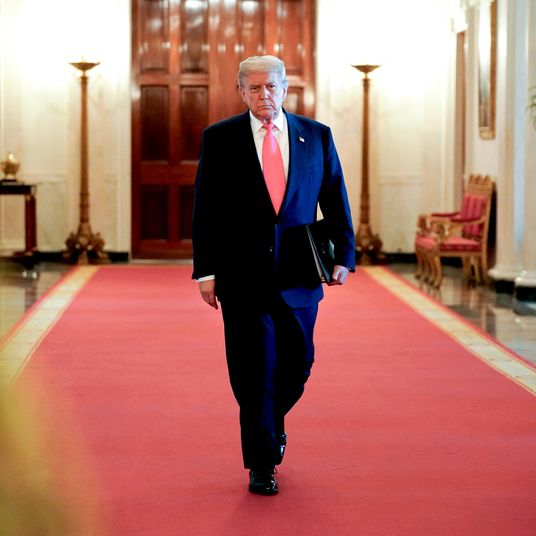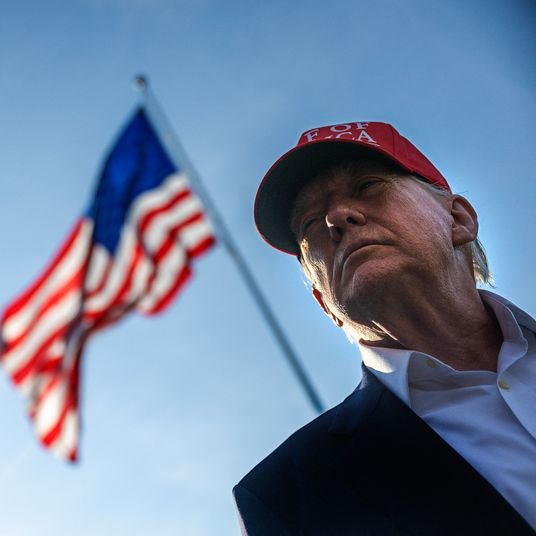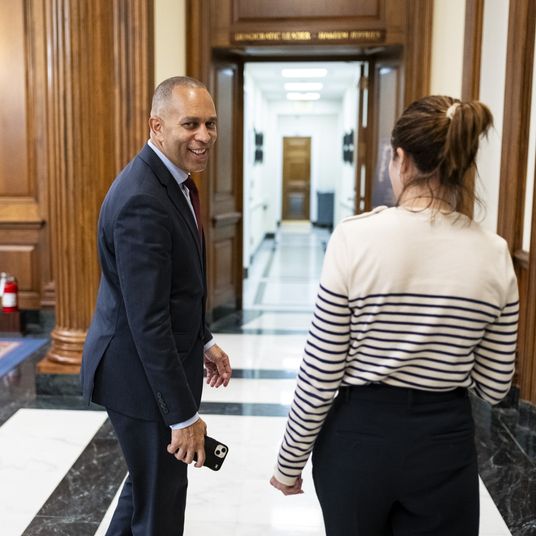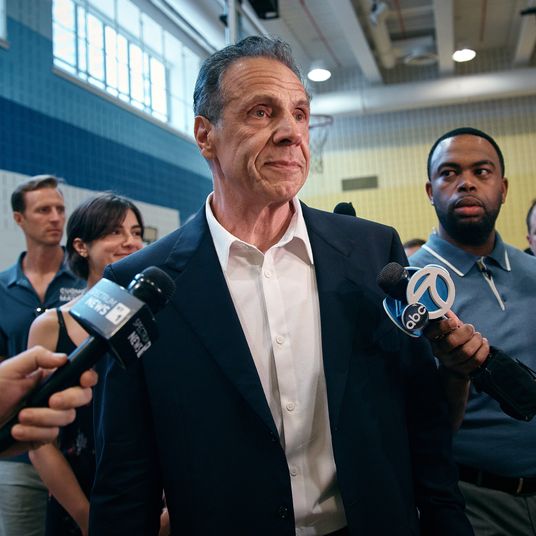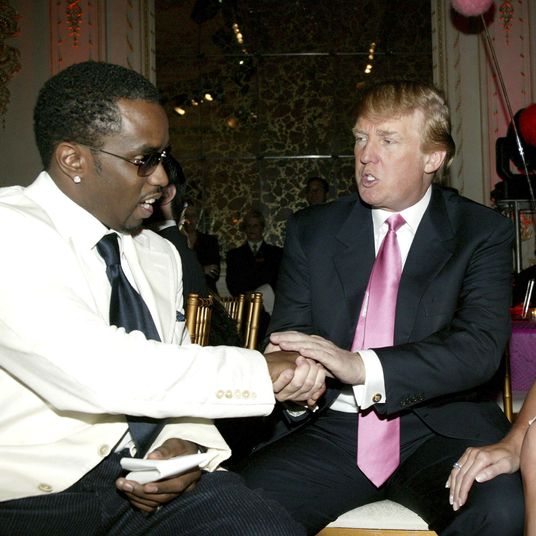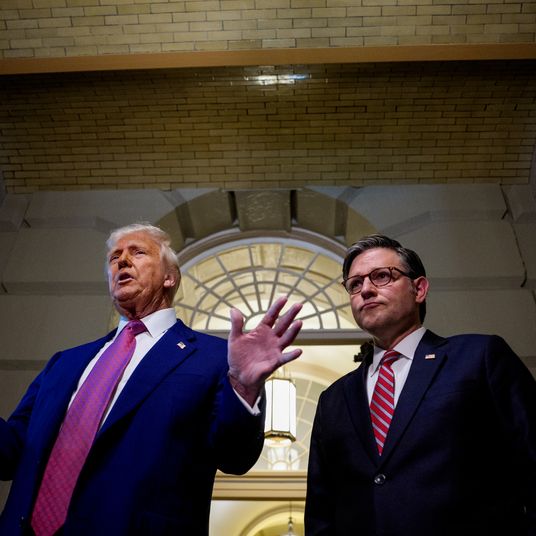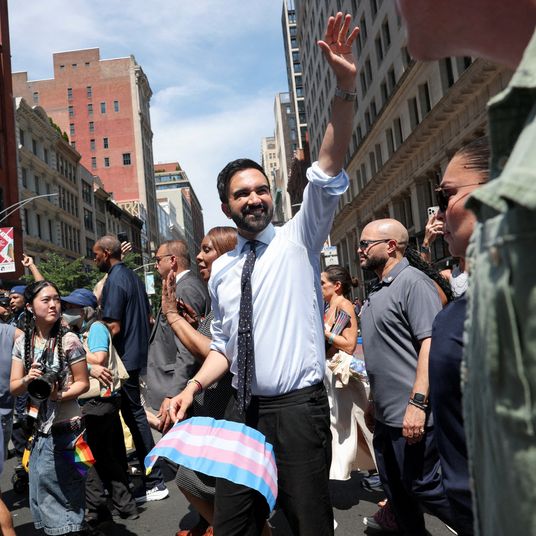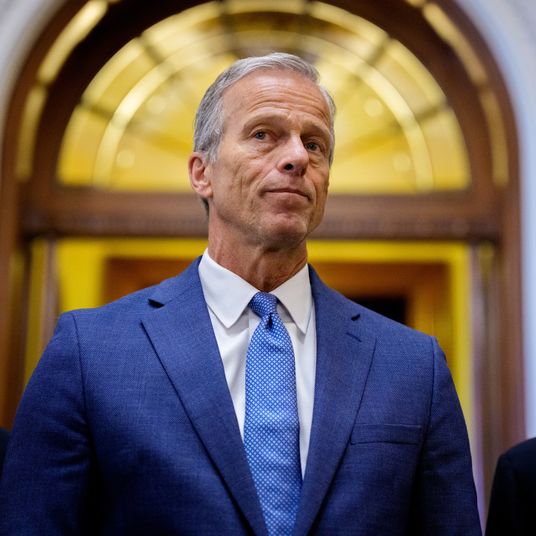
It’s been over seven months since the 2024 presidential election, and you might assume everything there is to be said about it has already been said, perhaps redundantly. But the data we had on the components of the electorate that fed Donald Trump’s victory over Kamala Harris was pretty rough in November and has grown steadily more reliable. Now (minor tweaks notwithstanding), we may have something like the final word. It’s from Pew’s analysis of validated voters (“adult citizens who told us that they voted in a postelection survey and have a record showing they voted in their state’s official voter turnout records”). And it confirms some of the interpretations we’ve heard previously while calling others into question.
To take the latter first, Pew pretty much rebuts the idea that Harris lost because unenthusiastic Democratic “base” voters stayed home. This is a popular narrative among progressives who believe Harris was too cautious and centrist to rally the troops, even as Trump’s MAGA fans ran to the polls in a state of high excitation. But Pew found only a small Trump turnout advantage at most; 89 percent of his 2020 voters returned to the polls, as compared to 85 percent of Joe Biden’s. Even more convincingly, eligible nonvoters preferred Trump to Harris by a 44 percent to 40 percent margin, which shows the Trump campaign’s focus on marginal voters (who in the past have invariably leaned Democratic) had some merit. Had all eligible voters turned out, Trump would have won by about the same margin. The tale of 2024 is vote share rather than turnout and persuasion rather than mobilization.
Some other facile interpretations don’t do that well in the Pew analysis either. Did young voters massively move to Trump? While perhaps there was some sizable swing among first-time voters (the evidence on that is mixed), and the Democratic margin among under-30 voters did drop by seven net points from their big surge for Biden in 2020, Harris won the same 58 percent of under-30 voters Hillary Clinton won against Trump in 2016. We’re not seeing any sort of youth-vote revolution. Similarly, the idea that elitist Democrats cratered worse than ever among white working-class voters isn’t borne out by the numbers: Trump got a nearly identical percentage of white non-college-educated voters in 2016 (64 percent), 2020 (65 percent), and 2024 (64 percent). Indeed, the most impressive trend among those voters is that Kamala Harris did 7 percentage points better than Clinton and 2 points better than Biden.
One often-heard interpretation of 2024 that’s at best half-true is that Trump benefited from a widening gender gap. It’s actually a pretty selective gender gap. Among white men, Harris did just a point worse than Biden and seven points better than Clinton. While she did lose a lot of vote share among Latino men (a net 20 percentage points compared to Biden), she lost even more among Latina women (a net 26 percentage points). And there’s no gender gap at all among Asian American voters in 2024. Only among Black voters does a really new gender gap emerge, with Trump winning 21 percent of Black men and only 10 percent of Black women.
The much-discussed trend that is fully borne out in Pew’s analysis is that Trump made his most important gains among Latinos. Clinton won these voters by 38 percent; Biden won them by 25 percent; and Harris won them by 3 percent. That’s remarkable. And though it’s been much less discussed, there has been an equally calamitous decline in Democratic support among Asian Americans, the fastest-growing racial-ethnic group in the country. Biden won them by 40 percent, and Harris won them by 17 percent.
As you may have noticed, Latinos and immigrants from Asia have been the most conspicuous targets for Stephen Miller’s mass-deportation initiative, which has gone far beyond the removal of violent criminals that Trump and J.D. Vance talked about during the 2024 campaign. If you are looking for voter groups where Republicans may be especially vulnerable in 2026 and 2028, these might be a good place to start.
More on Politics
- Poll Shows Public Knows Little About Trump’s Ugly Megabill
- Trump Betrayed His Base With the Big Beautiful Bill, and the GOP Will Regret It
- No President Has Ever Had Something Like Trump’s Megabill

